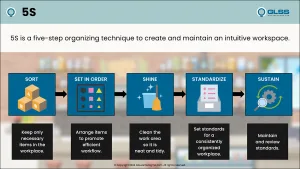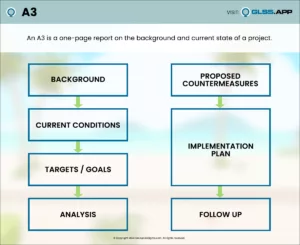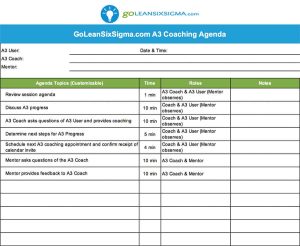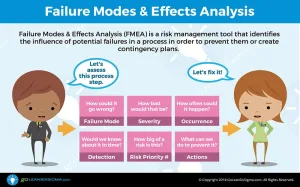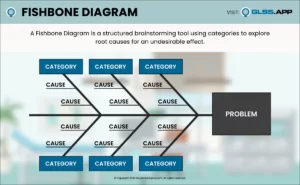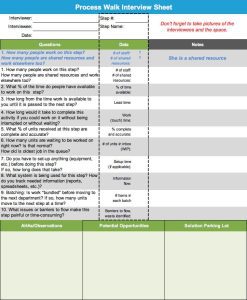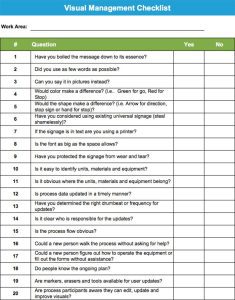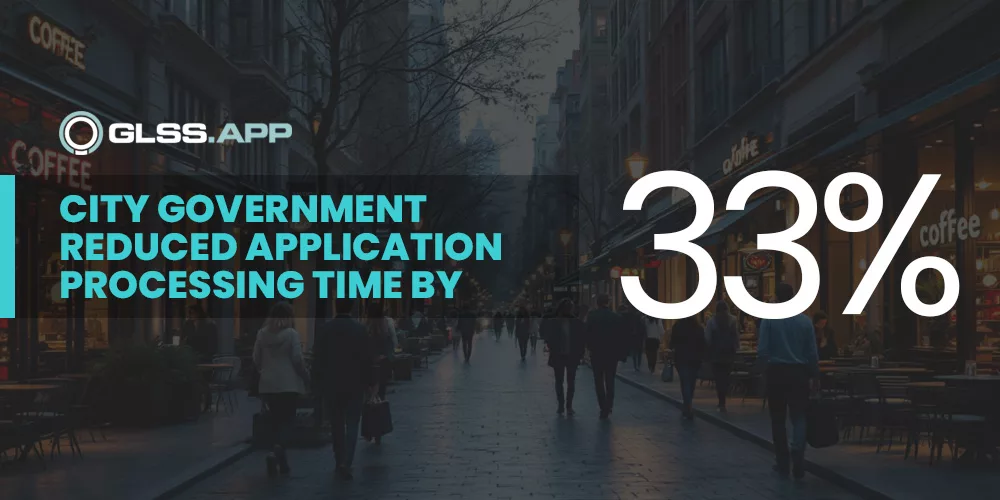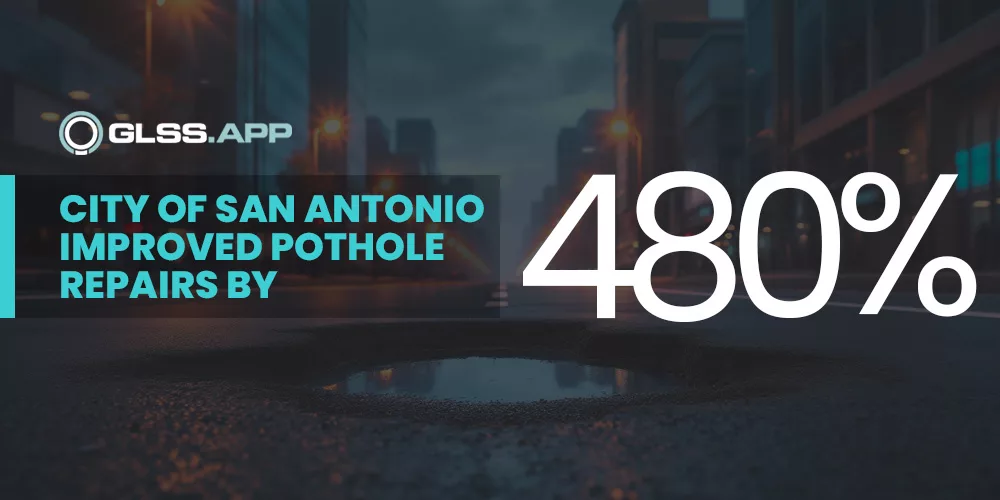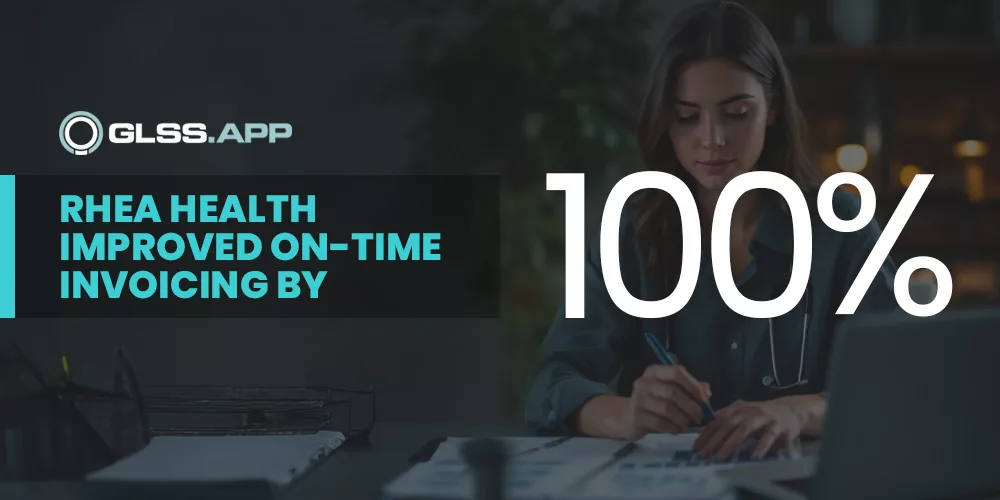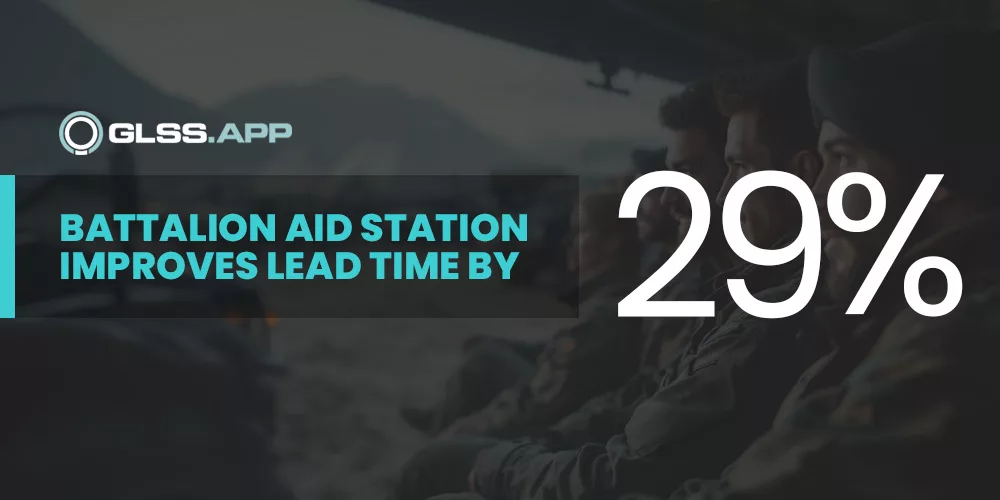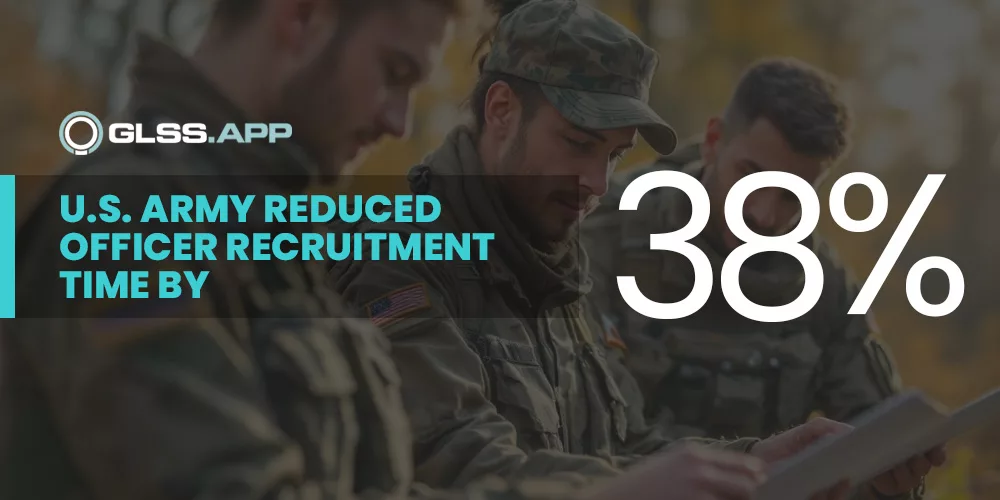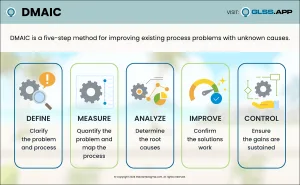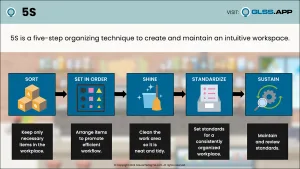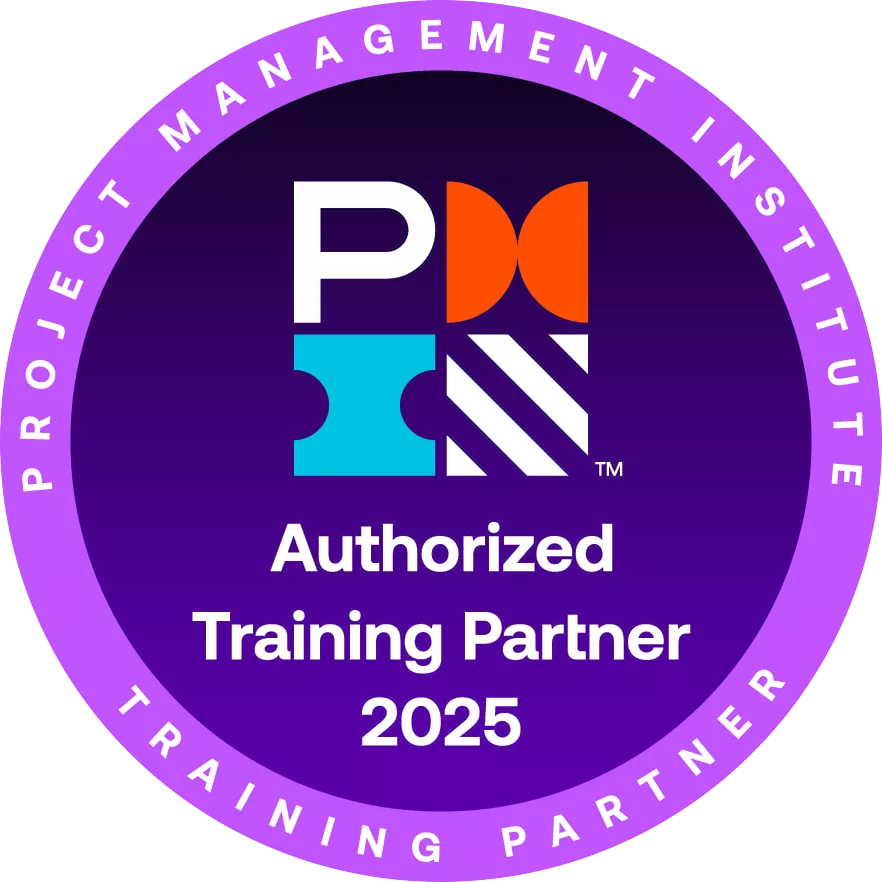Check out how the City of SeaTac improved their Right-of -Way Permit Process by completing a Process Walk and Rapid Improvement (Kaizen) Event.
What Is a Rapid Improvement Event?
A Rapid Improvement Event (also known as a Kaizen Event) involves key process participants focusing on solving a narrowly scoped process improvement opportunity. A Rapid Improvement Event usually takes about 1 to 5 days to complete.
Rapid Improvement Events enable teams to Work ON the process versus just working IN the process. These Events:
- Involve detailed, extensive planning
- Are given explicit empowerment by Leadership to improve the process
- Require focused attention by individuals for a solid quantity of time, usually 3-5 days.
Support from the Department Director, Joe Scorcio and City Manager, Todd Cutts was a critical component to the team’s success. Joe ensured that the team made the time to participate in the process improvement activities, and supported their process change decisions wholeheartedly.
Inputs To A Rapid Improvement Event
- Perform a Process Walk: Walk the process by going to where the work occurs.
- Discuss: Share observations, key learnings and sharing potential quick hits.
- Plan for Continuous Improvement: Create next steps for improvement including scope, date, length of time, attendees, and specific steps for the Rapid Improvement Event.
Rapid Improvement Event: Right of Way Permit Process for The City of Sea-Tac
Current State of the Right of Way Permit Process
Here is a sample of the data to formulate a baseline of current performance:

- “Applied Date”: The date the application is entered into system, which is the same date applicant submits to the City.
- “Approved Date”: The Date the permit is approved and ready to be issued – applicant is called and requested when would like to pick up permit.
- “Issue Date”: The date the permit is physically issued to applicant and leaves the City.
Below is a graph and the detailed statistics behind the graphical display. As you can see, the average cycle time is between 13-21 days.


1. Perform a Process Walk of the Right of Way Permit Process
For the Right of Way Permit Process, our team went to where the work occurs. This enabled us to:
- Utilize subject matter experts (SMEs) walk the process, and collaborate with the field
- Build profound knowledge of the current state of the whole process instead of just pieces of the process
- Confirm and bust assumptions about what we think the process is
- Identify the solutions and an implementation plan related to process analysis
Before beginning the Process Walk, set some Ground Rules:
- It’s about the process, not the people.
- Operate in a blame-free environment.
- Finger-pointing has no place.
- No silent objectors; don’t leave in silent disagreement.
- Seek the wisdom of ten, rather than the knowledge of one.
- Involve and collaborate with front line to explore and make process changes.
- Be a student of the process, we are here to learn.
- No side conversations.
The facilitator ensures that the team honors the ground rules throughout the process. This helped to create a blame-free, collaborative environment in order to focus on the process.
Our Core Improvement Team

Bottom Row : Gwen Voelpel, Bob Eddy, Scott Douglas, Sue Sanderson, Adam Lincoln (the intern)
Our Interviewees

- Joyce Mullin
- Shari Jolley
- Ali Shasti
- Mike Bryan
- David Carnes
- Scott Douglas
As you can see, a number of people on the core team were also those that were interviewed since they participated in parts of the process.
Process Walk Completed
After completing the Process Walk, our team had a better understanding of:
- The end-to-end process
- What happens to the thing (customer)
- How departments interact
- The major pain points within the process
Discuss the Right of Way Permit Process
After several interviews, the core team would reconvene to discuss and capture findings. Here is a picture of some of the AHAs, potential opportunities and quick hits/solutions that were discovered:

Assumptions Confirmed About The Right of Way Permit Process
- Multiple handoffs
- Process takes too long
- The permit waits in people’s boxes
- Many of the process steps did not add value
- Customers had a reason to complain
- TRAKIT (internal tracking system) not being fully utilized
- Redundant paper and electronic process
- Communications not being documented
Assumptions Busted About The Right of Way Permit Process
- Thought the number of ROW Class D permits were more than four a week
- Didn’t know the upfront process (Intake & Route) were two steps
- Overall length of the process was much longer than thought
- Thought that the front counter had authority to reject incomplete submittals
- There is an expiration date for submitted applications
Key Observations
- 80% of the ROW permits are Class D
- Of the 80%, 75% are considered simple and 25% are complex
- Multiple hand-offs and too many steps
- Two to four reviews occurring for one permit
- The upfront process is about 35 minutes of work time, but the lead time can take up to 9 days
- The permit waits to be advanced
- Communication is very important – where is the permit?
- Permit Techs have to know a lot
- We are the epitome of government bureaucracy
Core Process, Measures & Customers

Current State of Right of Way Permit Process

There were 28 steps in the simple ROW process if the permit was approved!

Simplified: New Right of Way Permit Process

- Went from a 9 day target to a 3-5 day target
- 8 hand-offs reduced to 3
- 28 steps (if approved) reduced to 17 steps
Quick Hits Already Implemented
- Implement the new process for the “simple” permits
- Reduce the time allotted upfront from 9 days to 3-5 days for simple permits
- Went from 8 touches/handoffs to 3 for simple ROW
- Reduced office time for Inspector
- Eliminate routing
Quick Hits That Need To Be Implemented
- Eliminate unnecessary routing for both “simple” and “complex”
- Implement the new upfront process for “complex” permits
- Re-vamp the ROW permit checklist of items
- Empower Permit Techs to route to the appropriate parties for “complex” ROW permit
- Empower Permit Techs to deny incomplete submittals
- Add work order number on permit application
- Pull job starts in the morning (voicemails)
Class D Complex
- Allot 9 days for the process
- Empowered Permit Techs to determine routing
- Reduced cycle time for New Intakes and Intake Revisions
- Details to be fleshed out during the Rapid Improvement Event
Potential Opportunities Beyond Quick Hits
- Create procedures for the new process
- Analyze the “complex” ROW permit process for more detailed improvements on Class D
- Brainstorm opportunities for other class permits (A,B,C,E)
- TRAKIT software training
- Automate Job Start to save time, money and minimize errors
- Improve network connection for Inspectors
- Address redundant paper and electronic processes
Next Steps (Within 30 Days)
- Implement the new “simple” process
- Develop procedures to document the process
- Cross-train on the new process (Public Works and CED)
- Schedule follow-up meetings for the ROW process
- Re-check the process changes – are they working? Should we change anything?

Process Walk Feedback
Overall Experience:
- “It was an eye-opening experience. There was definitely room for improvement in the ROW process. I was surprised that we got as far as we did.” – Joyce Mullin
- I had no doubt that there was room for improvement in the ROW process. However, the improvement exceeded my expectations.” – Ali Shasti
Recommendations for People Interest In Process Walks
- “Keep an open mind. This was a painful process, but well worth it.” – Ali Shasti
- “Check your ego at the door. Only have people involved in the walk that are involved in the process.” – Joyce Mullin
3. Plan for Continuous Improvement
The team decided to spend time exploring ways to improve the other ROW Class Permits: A, B, C, D, & E
- Participants: Joyce Mullin, Shari Jolley, Ali Shasti, David Carnes, Gary Schenk and Mike Bryan
- Summary: Class A improvements must involve Police, Public Works Maintenance and Fire
- Summary: Class Permits B,C, Simple D, and E will all be processed similar to the new “quick” process
- Summary: Class C & D: Additional improvements have been made to streamline the process
Schedule Time to Work On Class A Permits
- Involve Fire, Police, PW Maintenance and Parks & Recreation
- Update & Standardize the application form
- Explore TRAKIT option for aging items
- Explore workspace options for eliminating single point of failure
- Explore process walks for Fire, Police, and Finance pieces of the process
Class B, Simple D & E: New Process

Potential Solutions for Class C & Complex D Permit Processes
- Review and revamp all applications and checklists
- Create a permit extension form for applicant to complete
- STE & ROW permits will have the same expiration as building permit (inform CED & PW)
- Inform CED & PW of above (Line 6)
- Schedule time to create a process for expired permits
- Talk to Planning about acronym use (STE, Site plan review Type 1 & 2)
- Talk to Planning about: All Land use permits to be processed through Planning first. After land use approval, STE and ROW use permits can be submitted (short plat)
New Process for Class C & Complex D Permit Processes

Next Steps (Will Update As Needed)
Ultimately, the ROW permit process went from an average that was as high as 21 days to less than 5 days! The core team was very happy with the results and so were ROW permit customers. Great job, City of SeaTac!















